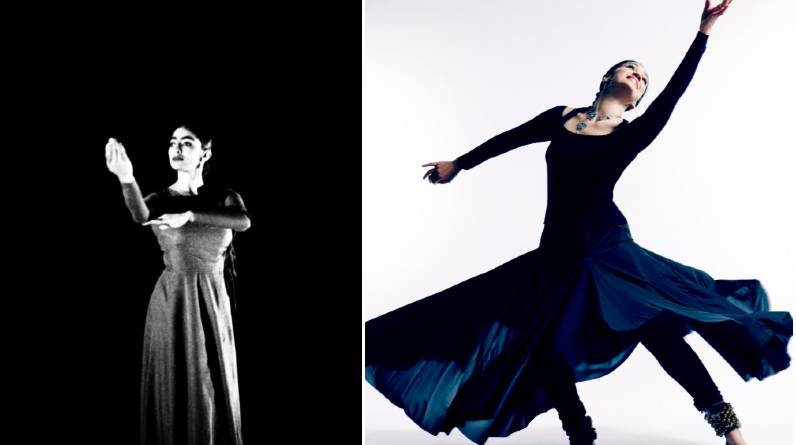Theatre dance is a captivating form of performance art that combines elements of both theatre and dance to create a unique and visually stunning experience. It blends storytelling, music, movement, and dramatic expression to convey emotions, convey narratives, and entertain audiences. With its rich history and diverse styles, theatre dance continues to captivate and inspire both performers and spectators worldwide.
History and Evolution of Theatre Dance Theatre dance has its roots in ancient cultures and traditional forms of dance, where movement was used to depict stories, rituals, and celebrations. Over the centuries, theatre dance has evolved and adapted to different artistic movements and cultural influences. From classical ballet to modern and contemporary dance, each era has contributed to the development and expansion of theatre dance as an art form.
The Elements of Theatre Dance Theatre dance incorporates various elements to create a cohesive and impactful performance. These elements include:
- Choreography: The movement sequences and routines are carefully crafted by choreographers to convey emotions, tell stories, and enhance the overall narrative.
- Music and Sound: Theatre dance often relies on music and sound design to set the mood, evoke emotions, and enhance the storytelling. From classical compositions to contemporary soundscapes, the music complements and enhances the dance movements.
- Costumes and Sets: The visual aesthetics play a significant role in theatre dance. Elaborate costumes, props, and set designs help transport the audience to different worlds and eras, adding depth and context to the performance.
- Storytelling and Expression: Theatre dance relies on expressive movement and gestures to communicate narratives, emotions, and characters. Dancers use their bodies as a tool for storytelling, evoking a wide range of emotions through their movements and facial expressions.
Styles and Genres of Theatre Dance Theatre dance encompasses a wide range of styles and genres, each with its own unique characteristics and techniques. Some popular styles include:
- Classical Ballet: Known for its grace, precision, and technical prowess, classical ballet combines intricate footwork, fluid movements, and storytelling through dance.
- Contemporary Dance: Embracing freedom of movement and experimentation, contemporary dance incorporates elements from various dance forms while pushing the boundaries of traditional techniques.
- Musical Theatre Dance: Found in Broadway shows and musical productions, musical theatre dance combines dance routines with acting and singing to create a dynamic and entertaining performance.
The Magic of Theatre Dance Theatre dance has a unique ability to transport audiences into a world of imagination, emotion, and beauty. It combines the power of storytelling, music, and movement to create a captivating and unforgettable experience. Whether it’s the elegance of ballet, the raw expressiveness of contemporary dance, or the energy of musical theatre, theatre dance continues to enchant and inspire audiences around the globe.
As theatre dance evolves and embraces new influences, it remains a cherished art form that celebrates the beauty and expressive potential of the human body in motion. Through its captivating performances, theatre dance allows us to connect with our emotions, experience different stories, and witness the transformative power of dance on stage.
Learn more about it: Gold Price fintechzoom


